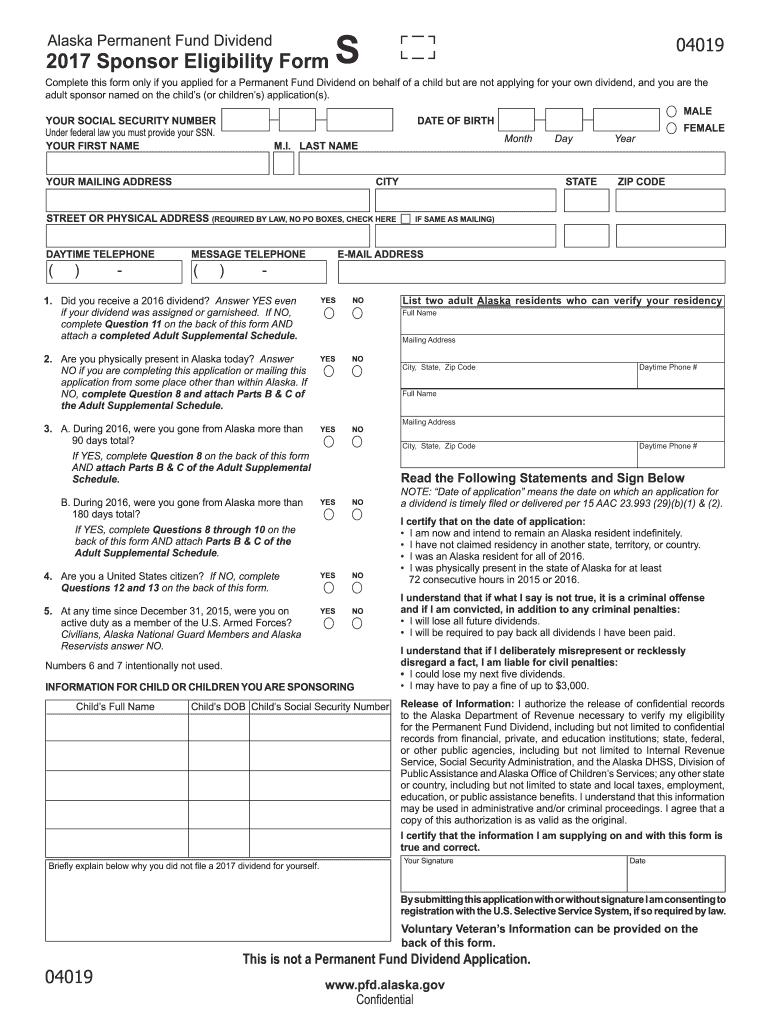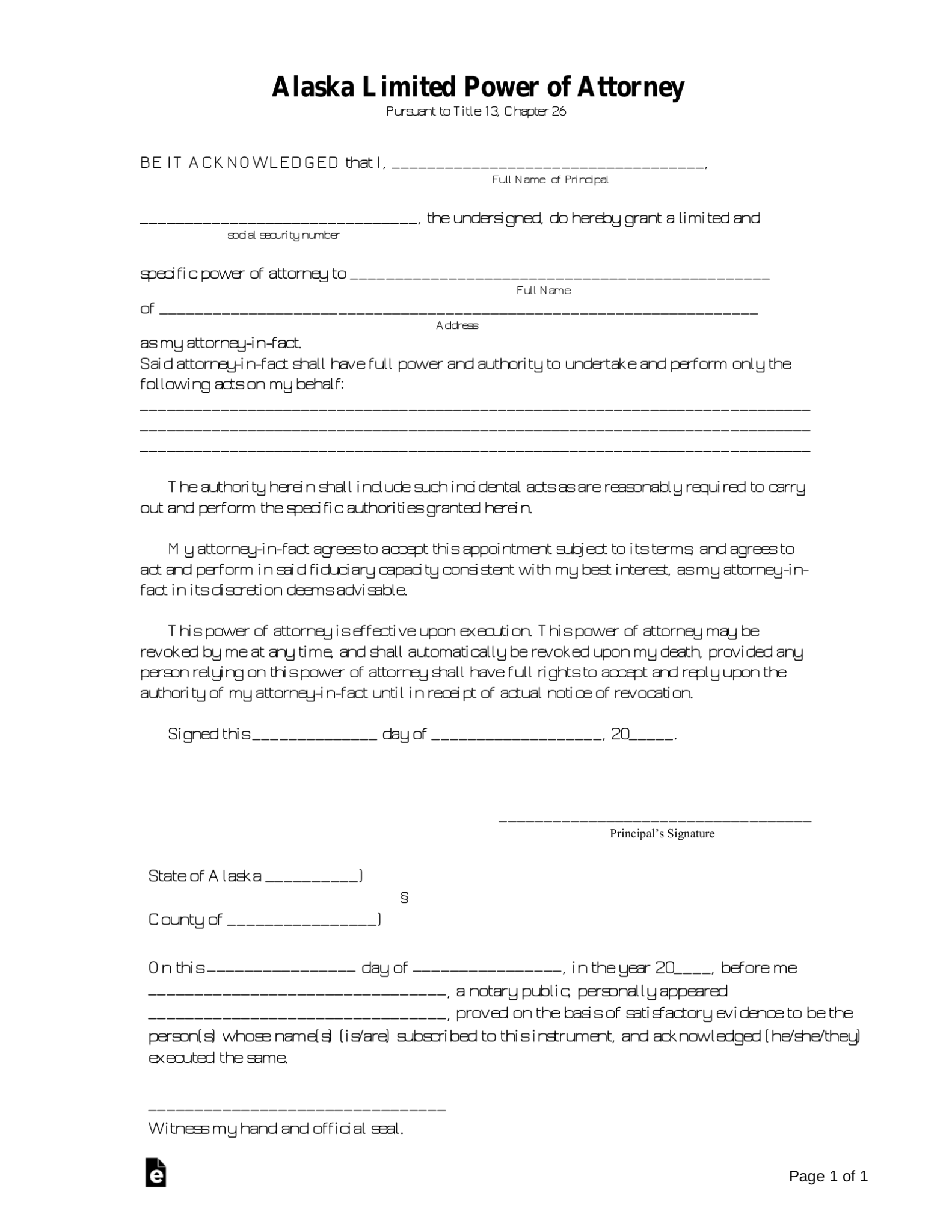5 Ways to Handle Cold Paperwork in Alaska

Handling paperwork in Alaska's cold climate presents unique challenges. Not only do you have to contend with physical effects of the environment, but also digital file management and communication. Here are five effective strategies to manage these challenges effectively.
Insulate Your Workspace

Cold temperatures can significantly affect both paper documents and digital systems. Here’s how to keep your workspace insulated:
- Seal Windows and Doors: Use weather stripping or caulking to prevent drafts. This keeps the warm air inside.
- Use Insulating Materials: Add insulation to walls, or use space blankets over windows to reflect heat back into the room.
- Heating Solutions: Implement space heaters or improve your existing heating system to maintain a stable indoor temperature.

Protecting Paper Documents

Paperwork in extremely cold environments can become brittle, leading to tears or inks freezing. Here’s how to protect your documents:
- Proper Storage: Keep documents in a thermally insulated, dry container to prevent moisture buildup, which can lead to mold or paper degradation.
- Humidity Control: Use dehumidifiers or moisture absorbers to maintain the optimal humidity level, preventing papers from becoming too damp or too dry.
- Quick Heating: If you need to work on a document, avoid letting it sit in the cold. Allow it to reach room temperature slowly before handling to prevent thermal shock.
🔹 Note: Avoid using direct heat sources like hairdryers, as this can cause rapid heating, which is detrimental to paper integrity.
Managing Digital Files

Cold weather can also impact electronic devices, here are some tips to manage your digital paperwork:
- Backup Regularly: Use cloud storage or external drives to ensure your data is safe, even if hardware fails due to cold temperatures.
- Battery Management: Batteries in cold environments lose efficiency. Keep devices charged and warm when not in use.
- Heat Management: Avoid overheating electronic devices by ensuring they are in a well-ventilated area. Cold can cause condensation inside devices, so let them warm up in a ventilated space before use.
Effective Communication

In cold climates, communication can be disrupted. Here are some methods to maintain effective communication:
- Use Robust Communication Tools: Invest in robust satellite phones or internet services that can handle harsh weather conditions.
- Schedule Regular Check-ins: Pre-schedule communication to account for potential disruptions from weather.
- Alternative Methods: Have backup communication methods like VHF radios or even smoke signals in remote areas.

Document Delivery and Transport

Moving paperwork in Alaska’s cold can be as challenging as managing it:
- Secure Packaging: Use insulated, waterproof packaging to protect documents during transport.
- Delivery Timing: Try to schedule deliveries during less harsh weather periods.
- Route Planning: Plan routes to avoid the worst weather conditions or delays. Keep in mind road closures or hazardous conditions.
Managing paperwork in Alaska requires a combination of physical preparation, technological safeguards, and strategic planning. From ensuring your workspace is insulated to protecting your digital and physical documents, these five ways offer a comprehensive approach to dealing with the unique challenges of cold weather. Whether it's maintaining the integrity of paper documents or ensuring reliable digital file management and communication, following these guidelines can significantly reduce the risk of damage and disruption caused by the frigid climate.
What are the best practices for storing documents in extreme cold?

+
The best practices include storing documents in insulated containers, maintaining a controlled humidity level, and avoiding rapid temperature changes.
How can I ensure digital files are not affected by the cold in Alaska?

+
Use cloud backups, manage device batteries effectively, and ensure devices are kept warm but not overheated. Also, avoid condensation inside devices by allowing them to reach room temperature slowly before use.
What should I do if I need to transport documents during a cold spell?

+
Use secure, insulated packaging, schedule deliveries for better weather conditions, and plan routes to minimize exposure to extreme cold.